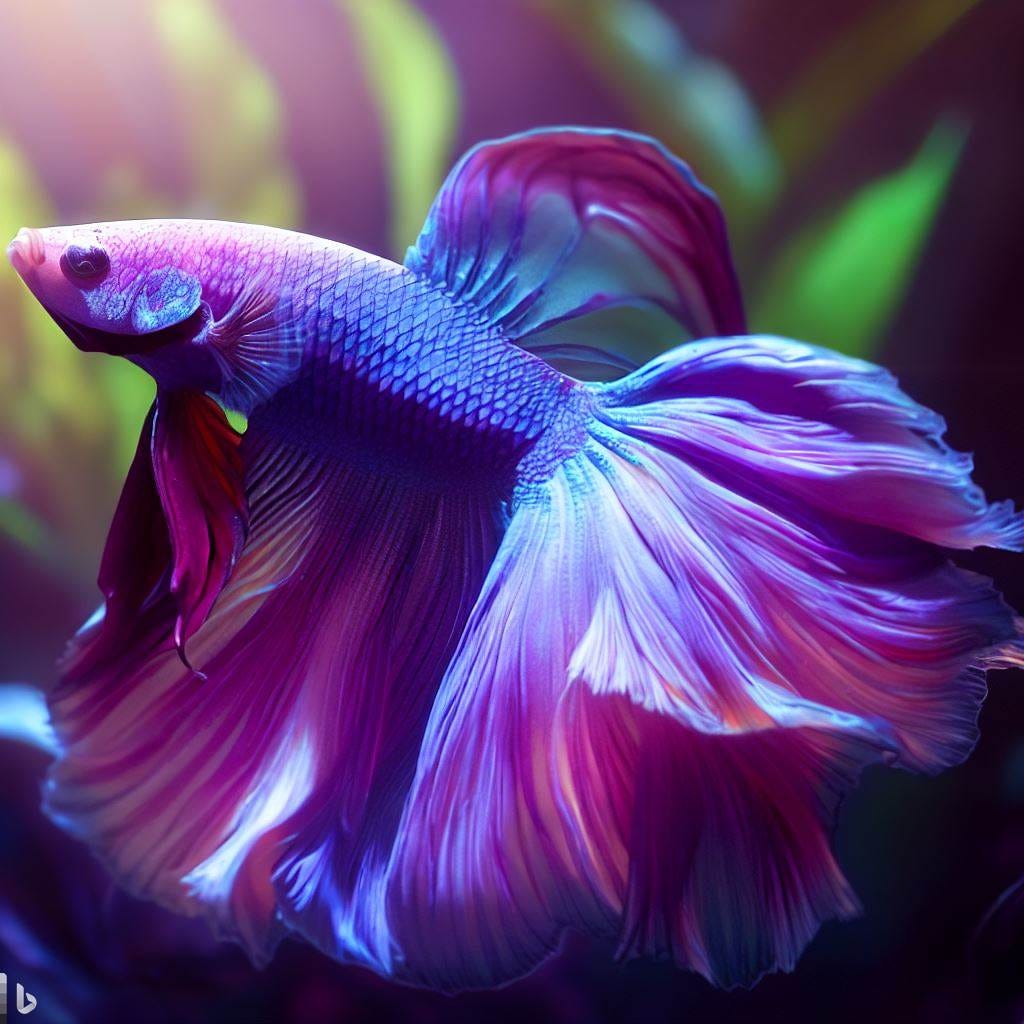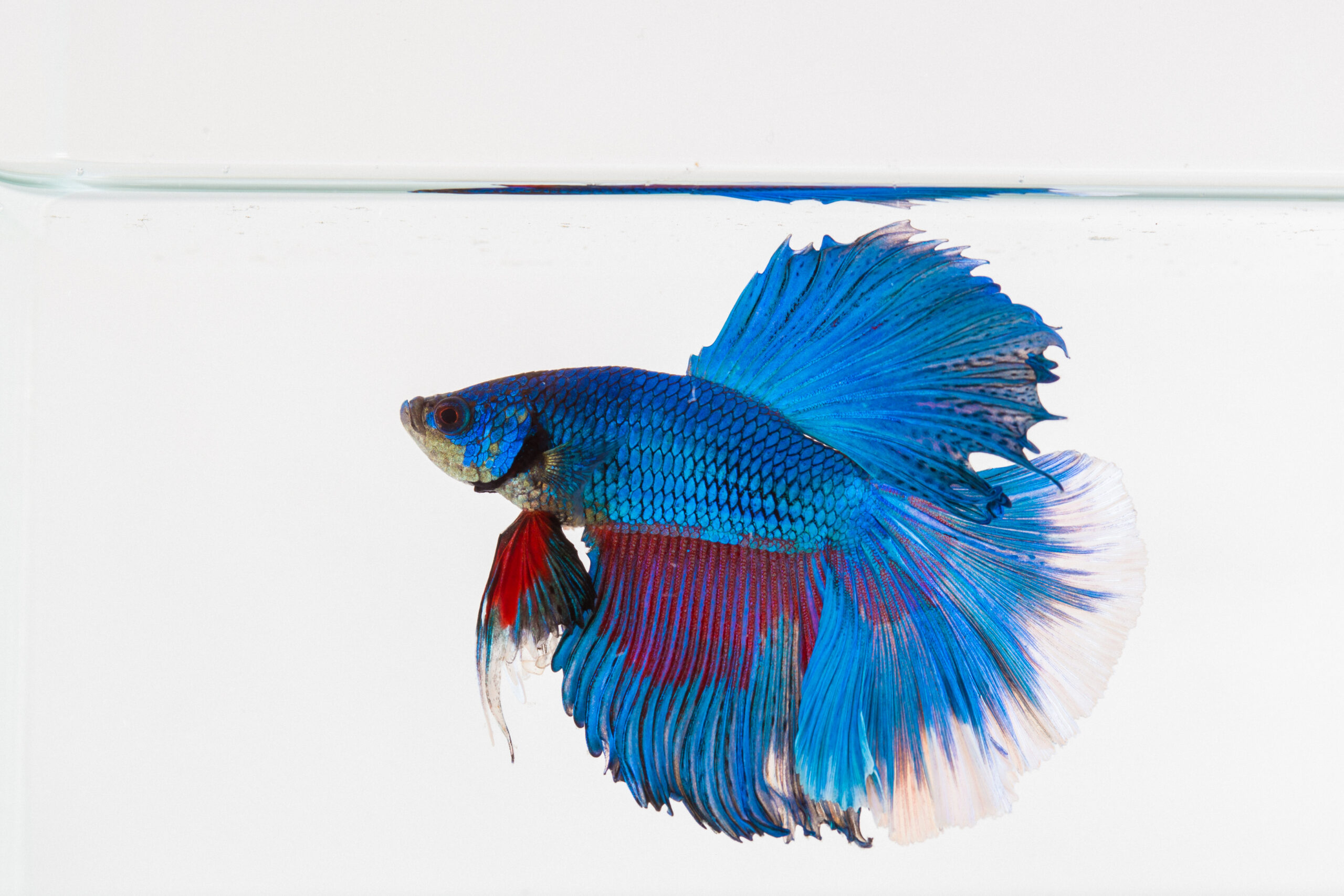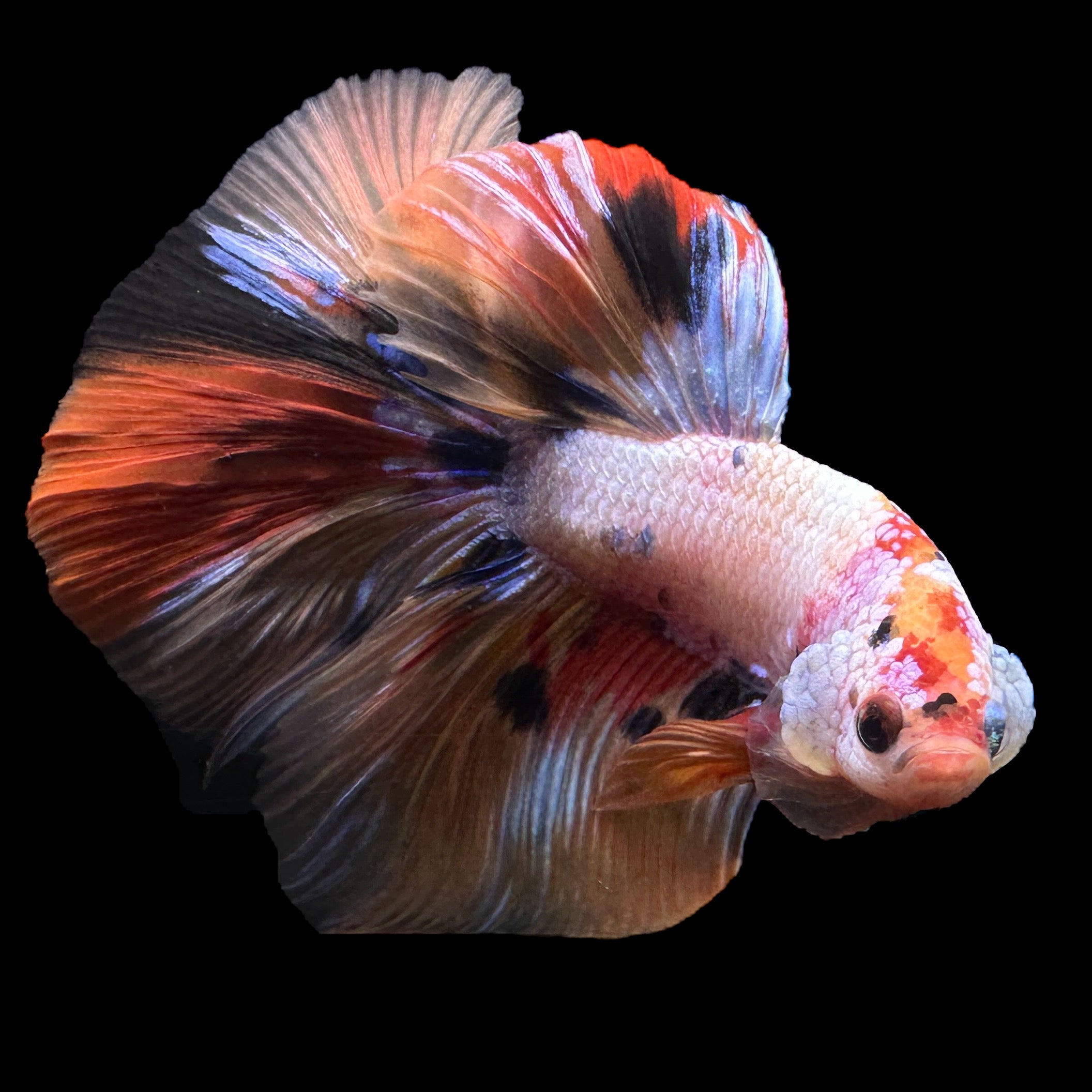The Ultimate Betta Fish Care Guide for New Pet Owners
The Ultimate Betta Fish Care Guide for New Pet Owners
Blog Article
Reproducing Betta Fish: a Comprehensive Step-By-Step Overview to Efficiently Raising Infant Bettas From Eggs to Adulthood
Breeding Betta fish is a precise venture that calls for mindful preparation and execution to make certain the effective development of fry from eggs to develop fish. As the male Betta vigilantly constructs a bubble nest and guards the precious eggs, the subsequent stages of treatment and transition demand focus to information and expertise of finest methods.

Selecting Reproduction Pairs
When starting the journey of breeding Betta fish, selecting the best reproduction sets is vital to attaining preferable traits and a healthy family tree - betta fish. The initial step in this process is to recognize the particular characteristics you wish to enhance or preserve, such as color, fin kind, and body shape. It is vital to choose genetically varied sets to prevent inbreeding, which can cause health problems and undesirable characteristics
Evaluate prospective breeding prospects meticulously. A healthy and balanced male Betta should display lively colors, an active behavior, and well-formed fins, while the female should also show dynamic pigmentation and a rounded tummy, showing preparedness for spawning. Observing the personality of both fish is vital, as aggressive or overly timid individuals might not breed efficiently.
Keeping documents of the parent fish's origins can aid you track genetic traits and possible problems. Inevitably, investing time in the option procedure will dramatically improve the chance of creating strong, dynamic spawn that fulfill your breeding goals.

Preparing the Reproduction Container
Producing an ideal reproduction environment is a key step after choosing appropriate pairs for Betta fish. The breeding container must be particularly created to supply convenience and boost the all-natural breeding actions of the fish. Beginning with a container dimension of at the very least 10 gallons to make sure adequate room for both the male and women Bettas.
Keep a mild filtering system to maintain the water clean while avoiding strong currents that can worry the fish. Furthermore, an air rock can be contributed to provide oxygenation without disrupting the water surface too a lot.
Temperature regulation is essential; go for a secure variety of 78-82 ° F(25-28 ° C) utilizing a trustworthy heating unit. The pH level must be preserved between 6.5 and 7.5, and normal water adjustments are needed to ensure high water top quality.
Include floating plants or generating mops to create concealing areas for the woman, while additionally motivating bubble nest building by the male - betta fish. Ensure the tank is free from sharp designs and any prospective risks, as the welfare of the fish ought to always be prioritized during this important phase of check my source breeding.
The Reproduction Refine
Typically, the reproducing procedure for Betta fish entails a series of distinct and visible behaviors that show preparedness for reproduction. The male Betta begins by constructing a bubble nest at the water's surface area, which offers as a website for the fed eggs. This nest is essential, as it gives a risk-free setting for the eggs until they hatch out.
When the nest is established, the man will display courtship habits, such as flaring his fins and exhibiting vivid shades to attract the lady. The lady, upon picking up the male's preparedness, will react by presenting upright stripes along her body, indicating her receptiveness.
When the female approaches, the male involves in a breeding dance, frequently resulting in a welcome referred to as the "spawning." During this welcome, the woman releases her eggs, which the male feeds instantly. The fertilized eggs after that are up to the bubble nest, where the male very carefully accumulates and returns them to the nest. Following this, the male presumes obligation for protecting the nest and making sure the safety of the eggs up until they hatch out, usually within 24-36 hours. This phase is crucial great site in the reproducing process, laying the structure for successful fry growth.
Taking Care Of Betta Fry
Looking after Betta fry needs mindful interest to their setting and nourishment to make certain healthy growth and growth. After hatching out, Betta fry are incredibly small and susceptible, necessitating a secure and clean habitat. Keeping a water temperature in between 78 ° F and 80 ° F is essential, as Betta fry thrive in cozy problems. Furthermore, ensure that the water is free of harmful toxins; regular water modifications of 10-20% are recommended to keep optimum water top quality.
Feeding Betta fry is just as vital. They should be offered infusoria or finely smashed high-grade fry food, as their mouths are as well small to handle bigger fragments. As they expand, you can gradually introduce larger foods, such as child salt water shrimp or powdered flakes, to guarantee they receive appropriate nutrition. Feed them little amounts a number of times a day, being cautious not to overfeed, which can lead to water quality issues.
Transitioning to Grownup Bettas
As Betta fry mature, transitioning them to grown-up Bettas is a vital stage that calls for careful administration of their setting and social communications. This procedure generally starts when the fry reach around 6 weeks old, whereupon they can be gradually presented to an extra structured living environment.
To promote this shift, it is essential to ensure that the water parameters-- such as temperature level, pH, and ammonia degrees-- are optimal and stable. Grown-up Betta fish prosper in warm water (around 78-80 ° F) with a pH of 6.5 to 7.5. Progressively adjust the fry to these conditions to reduce stress.
Social communications are an additional key aspect; man Bettas are notoriously territorial and hostile. It is recommended Website to separate men right into specific storage tanks as they develop. Female Bettas can be housed with each other, yet treatment should be required to keep an eye on for signs of hostility.
Furthermore, nutritional modifications must be made as the fry expand. Incorporate top notch pellets and live foods to support their development and wellness. By handling these factors successfully, you can promote a successful shift to their adult years for your Betta fish.

Conclusion
Effective breeding of Betta fish requires careful interest to detail throughout the whole procedure, from choosing genetically diverse sets to offering ideal treatment for fry. Additionally, a well balanced diet plan and gradual adaptation to grown-up environments are crucial for the development and development of Betta fish.
Report this page